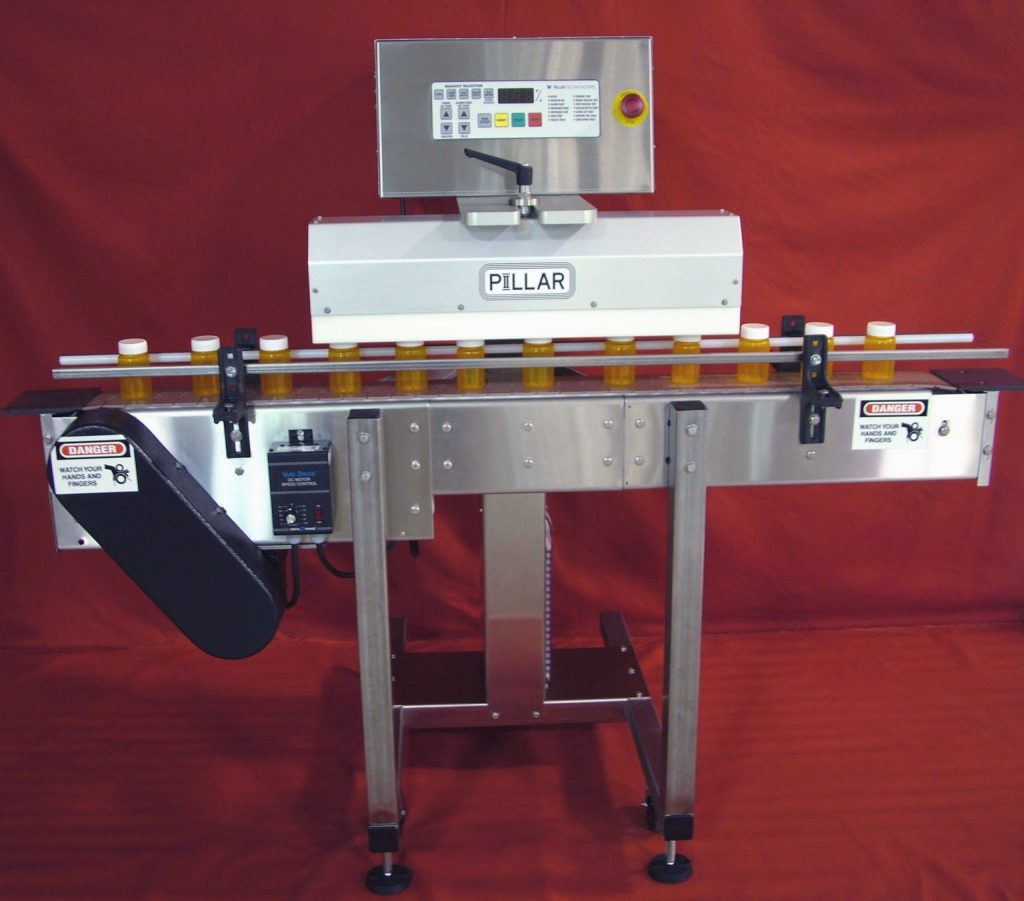When it comes to conveying bulk materials, pneumatic systems that use vacuum conveying are ideal because they can be adapted to both the product and the process. They can work with positive or negative pressure and can be used in the dense phase of the process or the dilute phase. For vacuum details visit this site http://bestvacuumcleaners.org/.
Dense and Dilute Phase Conveying
The dense phase is the phase in which a low volume of gas is used along with either a high vacuum (if negative conveying is required) or high pressure (if positive conveying is required). The ratio of products to gas can be very high – 80:100. This is the best way to move products that are either fragile or abrasive.
In many processing facilities, you’ll find a mixture of pneumatic conveying methods, depending on the type of materials being moved.
In the dilute phase powders are either pulled or pushed along their path by means of an airstream with sufficient speed to move them. This is a continuous transfer method which operates under low pressure at high speed and uses a low product-to-gas ratio. Nearly all powders can be conveyed in this way.
There’s also flexibility in the gas used to move the product through the vacuum conveyors. This can either be air or, in circumstances where it is suitable, nitrogen.
Using a vacuum conveyor is a very efficient way to move granules or powders that can be rendered as fluids between different destinations in a plant. The other great thing about pneumatic conveying is that you can get the bulk materials from a wide range of sources. The material can enter the pneumatic system via trucks, silos, flexible intermediate bulk containers (FIBCs) and other types of bulk bags.
Further Advantages
There are four further advantages to the pneumatic conveying process. First, it is an economical solution to the problem of how to move materials safely and in a controlled manner around the process plant. Second, the conveyor is easy to operate and easy to install as well. Third, the product is never touched by any of the moving parts, which can be important for hygiene and product integrity. And fourth, because the whole system is closed, everything in the conveyor is protected from the environment. Similarly, the product cannot contaminate the environment.

